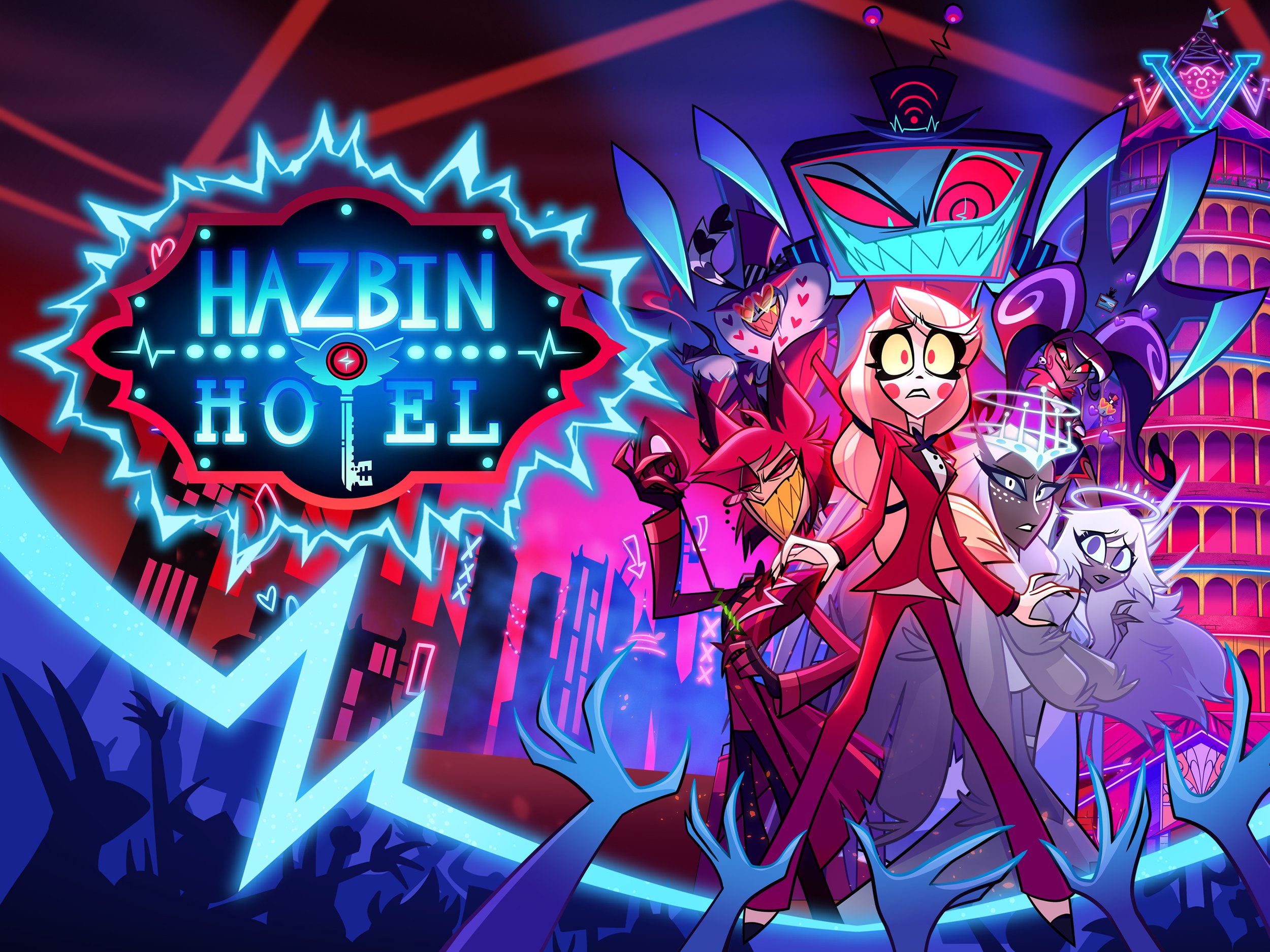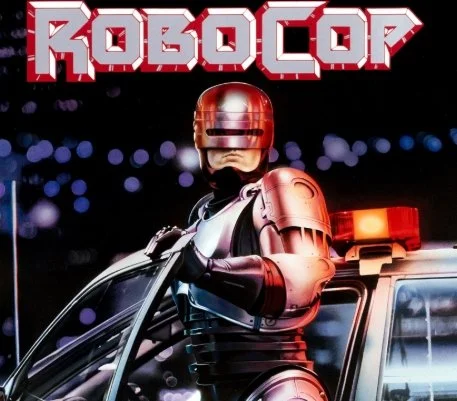Do We Need to Talk About Barbie’s Careers?
Barbie has had more careers than most towns. Astronaut, neurosurgeon, McDonald’s worker, yoga teacher, prime minister, dog groomer, you name it. Officially she has clocked up more than 200 jobs. If we imagine her as a real person with an actual nervous system and a LinkedIn profile, this is not just impressive. It is clinically… interesting.
Of course, Barbie is a plastic icon designed to sell outfits, not a case study who has filled in a PHQ-9. Still, her implausible CV gives us a playful way to explore something that is very real: the psychology of chronic career change, job instability and the fine line between “you can be anything” and “I no longer know who I am”.
This essay leans into the absurdity of pathologising a doll, while taking seriously the psychological themes her life story accidentally highlights.
The mathematics of a wild CV
Let us start with a thought experiment.
Imagine Barbie is 19, which is often cited as her “official” age, and has already had 200 jobs. Even if she started working at 15, that would mean 200 roles in 4 years. That is 50 jobs per year. Roughly one new job every week.
Even if we age her up to her “real world” debut date in 1959, and imagine she is 66, 200 jobs across 50 working years still means 4 roles a year. That is not a portfolio career. That is a professional centrifuge.
If a human being turned up in therapy with a history that reads:
3 weeks in marketing
1 month in nursing
10 days in law
2 weeks as an airline pilot
1 month as a vet
and so on, repeated 200 times, certain questions would arise. Not “have you considered another hat”, but “what keeps happening here” and “how are you making sense of all this movement”.
In other words, Barbie’s CV forces the question: at what point does flexibility look like instability.
First hypothesis: radical exploration and identity under construction
One generous interpretation is that Barbie is not “unstable” at all, she is simply in an intense phase of identity exploration.
Developmental psychology talks about identity formation, especially in adolescence and emerging adulthood. James Marcia described four “identity statuses”:
Identity diffusion: no strong commitments, no active exploration
Foreclosure: strong commitments, little exploration
Moratorium: active exploration, few firm commitments
Identity achievement: exploration followed by chosen commitments
Barbie, with her serial careers, looks like she lives in a state of permanent moratorium. She tries on careers the way others try on outfits, literally. In human terms this would look like someone who changes majors three times, moves countries twice, experiments with several career paths and is not yet ready to pick one.
Psychologically, some level of moratorium can be healthy. It allows people to sample roles, test values and discover what feels authentic. The issue with Barbie is the volume and speed. Two hundred jobs in a compressed timeline implies that the exploration is not converging. It is less “I am searching” and more “I am never landing”.
In real people that can sometimes signal:
Fear that any choice is a trap
Perfectionism that no job is “right enough”
Anxiety that commitment means losing other possible selves
So Barbie might represent the fantasy version of a very real pattern: identity exploration that never quite resolves into identity ownership.
Second hypothesis: temperament and personality
We can also read Barbie’s job hopping through the lens of personality traits, particularly the Big Five.
High Openness to Experience
Barbie appears endlessly curious. New roles, new settings, new skills. High openness is linked with creativity and flexibility, and with being drawn to novelty rather than routine. Many creative or entrepreneurial people genuinely do move through multiple careers.Questionable Conscientiousness
Conscientiousness involves persistence, reliability and follow through. Someone who leaves every job as soon as the novelty fades may struggle to tolerate boredom and delayed gratification. That might look like low conscientiousness, or like conscientiousness overridden by another trait such as impulsivity.High Extraversion
Barbie seems socially fearless. New colleagues, new customers, new environments. For some people, frequent job changes are driven by a desire for stimulation and social variety.Agreeableness and Neuroticism
We do not see Barbie’s inner life, so it is hard to say whether she leaves jobs due to conflict, sensitivity to criticism or burnout from people pleasing. In a real person, rapid exits can sometimes be driven by interpersonal clashes or anxiety that makes environments feel unsafe.
In human life, a personality profile of very high openness, high extraversion and lower conscientiousness can produce a genuine “butterfly” career. Not inherently pathological, but vulnerable to chaos when combined with economic pressure or mental health difficulties.
Third hypothesis: neurodiversity and executive functioning
This is where things get more delicate, and where the Barbie joke touches something serious. Many people who struggle to “hold down” a job despite high intelligence live with neurodevelopmental conditions that affect executive functioning.
A tongue in cheek clinical formulation for Barbie might include:
Difficulties with sustained attention
High novelty seeking
Time blindness and disorganisation
Struggles with repetitive or bureaucratic tasks
In other words, features that show up in conditions such as ADHD.
Important caveat: you cannot diagnose anyone from a CV, and you certainly cannot diagnose a fashion doll. The point is not that Barbie “has ADHD”. The point is that her impossible job history resembles the way life can look when someone’s strengths and challenges are wildly mismatched with the environments they keep landing in.
For many gifted, creative and neurodivergent people, the pattern is:
They enter a role, often with enthusiasm and high performance at the start.
As routine and administrative demands grow, their attention frays.
They become overwhelmed, bored or both.
They leave, either because they quit, get fired, or burn out.
Repeat enough times and you get an impressive list of job titles, plus a painful sense of failure.
If we look at Barbie through that lens, her 200 careers become a slightly sharp metaphor for how talent without the right support can turn into churn rather than mastery.
Fourth hypothesis: mood and impulse
Another speculative angle is emotional regulation.
Imagine a person who changes jobs whenever they are:
Frustrated by minor setbacks
Criticised in a performance review
Overexcited by a new opportunity
Desperate to escape discomfort
This pattern may reflect difficulties with mood stability and impulse control. In more severe forms it appears in certain mood and personality disorders, where the person’s inner experience is so intense that drastic external changes feel like the only relief.
Again, Barbie herself is not a clinical subject. But fiction often exaggerates traits that real humans experience to a lesser degree. The fantasy of endlessly reinventing yourself without consequences may resonate with anyone who has felt the urge to “burn it all down and move to another job, another city, another life”.
Multipotentiality, not pathology
Before we pathologise Barbie too harshly, there is a more positive concept worth bringing in: multipotentiality.
Some people genuinely do have many different interests, skills and creative outlets. Emilie Wapnick popularised the term “multipotentialite” to describe people who thrive on learning a lot of things rather than specialising narrowly.
For multipotentialites, a varied career with several distinct phases is not a sign of failure. It is a natural expression of who they are. They may become:
Generalists who connect ideas across fields
Project based professionals who switch domains every few years
Portfolio workers who combine several roles at once
Seen this way, Barbie is not “sick”; she is an extreme, glossy image of a multipotentialite. The problem is not that she does many things. The problem is that her story erases what it costs to do many things in a human body with limited time, energy and rent to pay.
Structural issues: when the economy behaves like Barbie
We also need to consider the context. In real life, frequent job changes are not always about personality or mental health. They are often about economics and inequality.
Insecure contracts, gig work and zero hours arrangements force people to cycle through roles.
Discrimination and inaccessible workplaces push neurodivergent, disabled or marginalised people out of jobs that might otherwise be stable.
Underemployment and low pay make it necessary to juggle multiple part time roles.
From this perspective, Barbie looks like a cheerful poster child for a labour market that treats workers as endlessly replaceable. Her smile covers over realities like precarious income, lack of safety nets and the emotional toll of never feeling secure.
The difference is that Barbie never has to explain her CV to a suspicious interviewer. Real people do.
The clinical question: what would therapy focus on if Barbie walked in?
Let us stretch the thought experiment. Barbie arrives for therapy, 200 jobs behind her, wearing heels that are wildly impractical for a 50 minute session. What might a psychologist explore, once they have recovered from the fact that their client is 29 centimetres tall and made of PVC.
Possible themes:
Narrative and meaning
How does Barbie tell the story of her many careers
Does she see herself as adventurous, unreliable, unlucky, gifted, broken
What patterns does she notice in how jobs begin and end
Values and direction
What actually matters to her: status, creativity, security, freedom, service
Which past roles felt aligned with those values, even briefly
Emotion and tolerance of discomfort
At what point in a job does she start fantasising about leaving
What emotions drive the exits: boredom, shame, rage, fear
Skills and supports
Does she have strategies for executive functioning, organisation, time management
Does she have mentors, accommodations or environments that play to her strengths
Identity and self worth
Who is she apart from her professions
If she stopped collecting new job titles, would she still feel “enough”
The point here is that chronic job change would not be treated as a diagnosis in itself. It would be a doorway into understanding how a person relates to work, choice, stability and themselves.
Why Barbie’s career chaos resonates with us
So why does the image of Barbie’s 200 jobs feel both funny and slightly unsettling.
It mirrors modern anxiety about choice overload
Many of us live in cultures that say you can be anything if you work hard enough. That message sounds empowering, but can become oppressive. Endless theoretical options plus limited guidance can leave people paralysed or chronically restless.It highlights the stigma around job instability
When someone struggles to keep a job, the narrative is often “lazy” or “unreliable”, not “possibly neurodivergent”, “unsupported”, or “trapped in precarious work”. Barbie’s glamorous spin on constant job change hides how painful that experience can be.It exposes the fantasy of “having it all”
Barbie appears to have every possible career, body type (in more recent lines), outfit and lifestyle. Real humans are finite. Choosing one path always means losing others. That loss can be quietly grief laden, and it often goes unspoken.It plays with our desire for reinvention
There is a part of many people that would love to drop everything and become a florist, pilot, novelist or marine biologist next Tuesday. Barbie lives that fantasy without consequences. We do not.
So, do we need to talk about Barbie?
Strictly speaking, no therapist needs to assess the neurological status of a fashion doll. Barbie does not require a care plan. She requires a shelf.
But we may need to talk about what Barbie represents.
That some people really do struggle to hold down a job despite being bright, motivated and capable, and that this can reflect neurodiversity, mental health and structural issues rather than moral failure.
That a culture obsessed with limitless choice and constant reinvention can make it harder, not easier, to commit to anything, whether that is a job, a relationship or an identity.
That multipotentiality is real and valuable, yet it lives alongside very real limits of energy, time and support.
That CVs filled with short contracts and sudden exits may contain stories of survival, not just “red flags”.
Simply Put
Barbie’s 200 careers are absurd. They are also an invitation. If a plastic icon is allowed to experiment, fail, move on and still be loved, perhaps our judgment of real humans with messy work histories deserves a second look.
So yes, in a way, we do need to talk about Barbie. Not to diagnose her, but to use her extravagant fiction as a mirror that reflects something tender and complicated in us: the wish to be many things, the fear of being nothing, and the very human struggle to build a life that feels both stable and true.
References
Barbie Media. (n.d.). Careers of Barbie. Mattel. Retrieved from https://barbie.mattel.com
Standing, G. (2011). The Precariat: The New Dangerous Class. Bloomsbury Academic.












